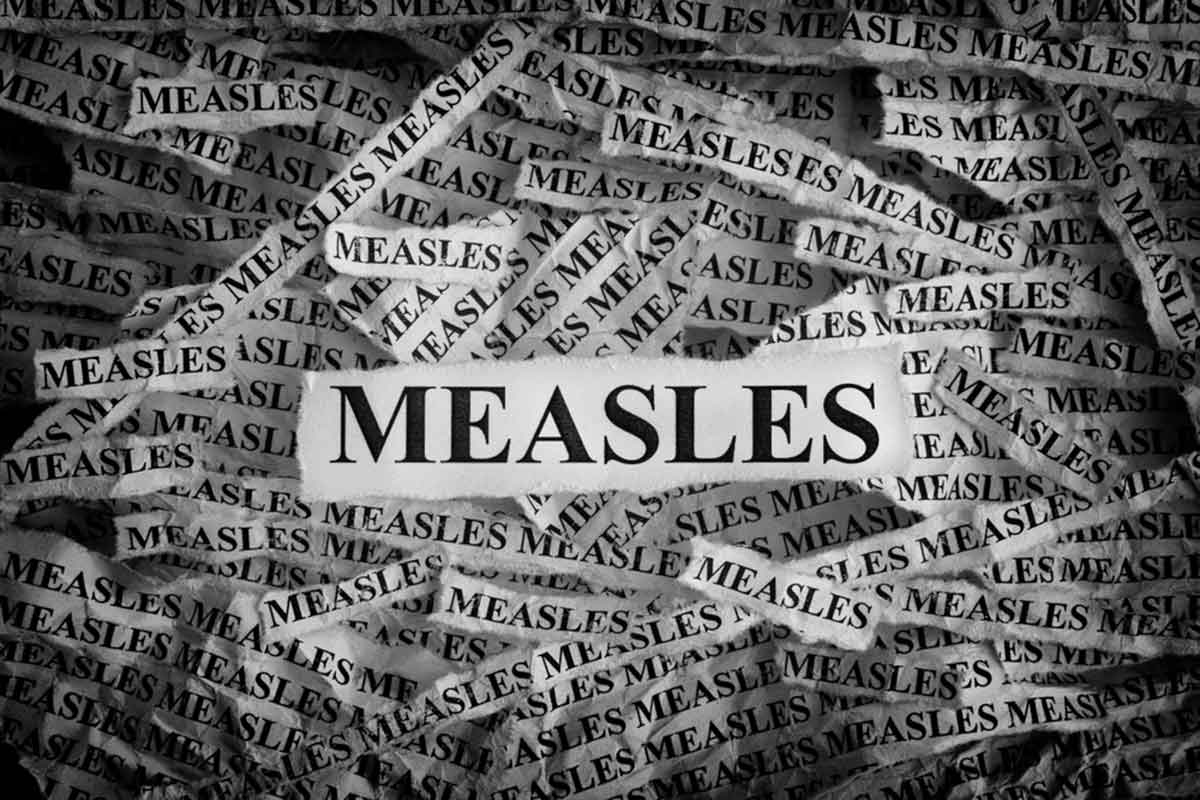This article appeared in The Washington Post. Read more here.
Spreading faster than Ebola, and with a higher death toll, measles has ravaged all 26 provinces of Congo in a year. More than 6,000 people have died, and more than 311,000 have become infected. The virus has sliced through the massive country in part because so many of its people had not been protected with a vaccine, and because of other deficiencies, including poor government and serious security threats.
Measles has led to nearly three times as many deaths in Congo as Ebola, which has killed about 2,235 people over 15 months in three provinces. Both outbreaks offer important lessons about fighting infectious disease that should resonate everywhere.
A highly contagious virus, measles is spread when an infected person coughs or sneezes. It can lead to serious complications and death, especially among children. The effective way to stop transmission is to immunize 93 percent to 95 percent of the population with the measles, mumps and rubella (MMR) vaccine, usually starting with the first dose at 12 months through 15 months of age, and the second dose at ages 4 through 6. The vaccine has proved safe and highly effective. But when pools of people neglect to get immunized or fail to stay up to date, they become vulnerable. According to public-health officials, measles is one of the most contagious viruses on Earth; you can catch it just by being in a room where a person with measles has been — up to two hours later. Severe cases are more likely to occur among children who are malnourished, or whose immune systems have been weakened by HIV/AIDS or other diseases.
No wonder it has moved so fast in Congo. Last year, a concerted effort was made by the health ministry and a group of international partners to inoculate 18 million children under age 5. But that was not enough: There are regions where routine vaccination coverage remains low and one-quarter of the infected children are above the age of 5. The World Health Organization says the outbreak response is underfunded. So far, $27.6 million has been spent, but another $40 million is needed for a six-month campaign to extend vaccination to children between 6 and 14 years old, and to improve the outbreak response beyond shots — such important matters as reaching out to communities, educating them and tracking the disease.
The problems fighting measles are formidable. In addition to lack of access to basic health care and suspicions borne of cultural beliefs, the effort is hampered by violence and insecurity. The WHO, listing the most urgent health challenges of the decade, has included the deleterious impact of war, which works hand-in-glove with disease. The agency said it recorded 978 attacks on health-care providers in 11 countries last year, with 193 deaths. Millions of people were displaced by violence and thus are without any health care at all. The lesson is that disease and bullets are not separate problems but closely intertwined.

